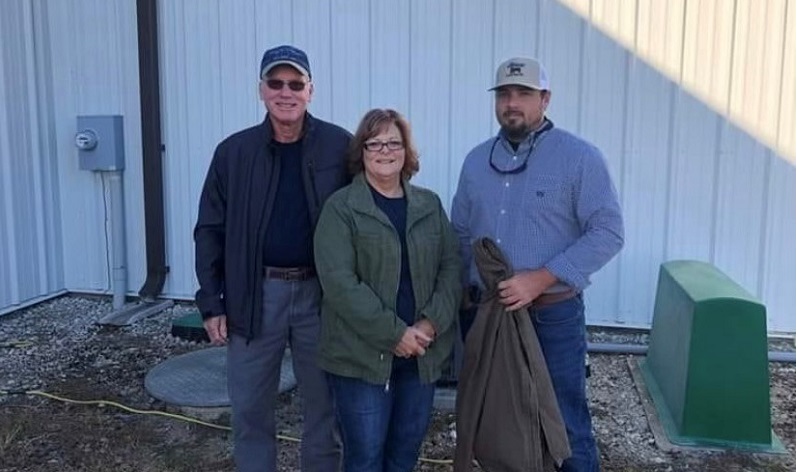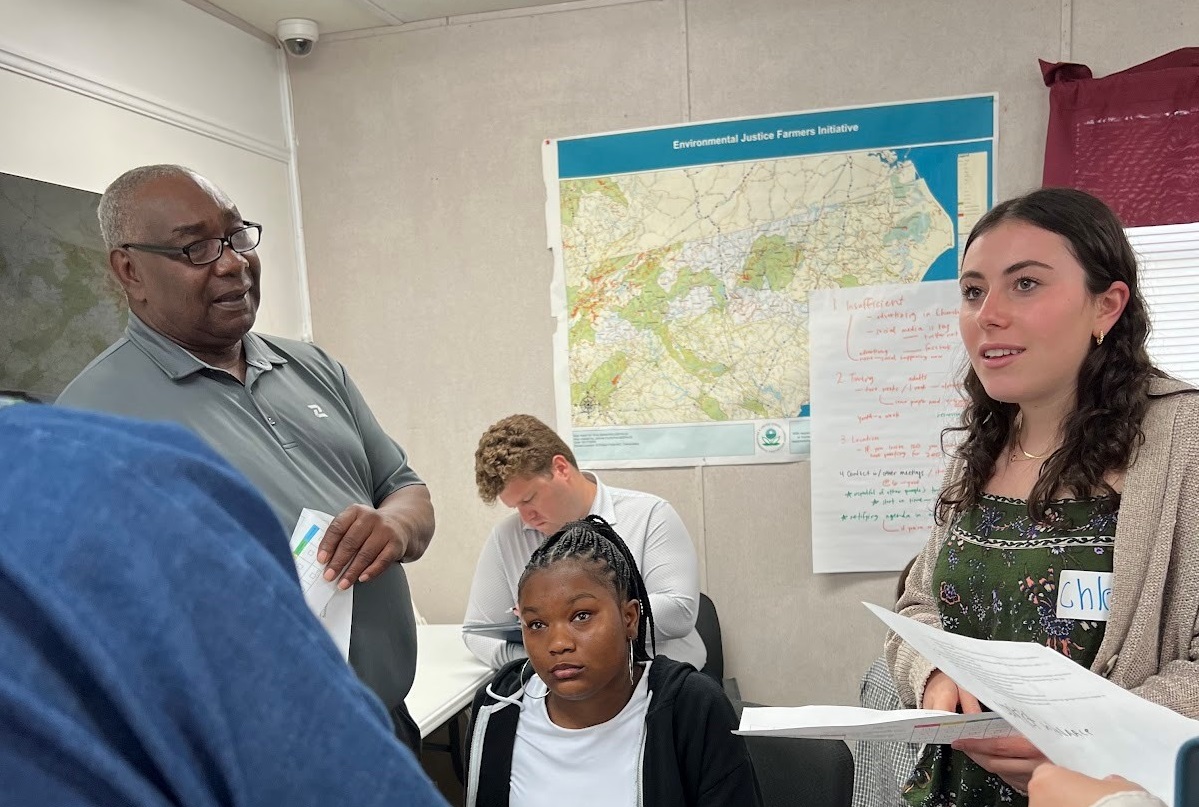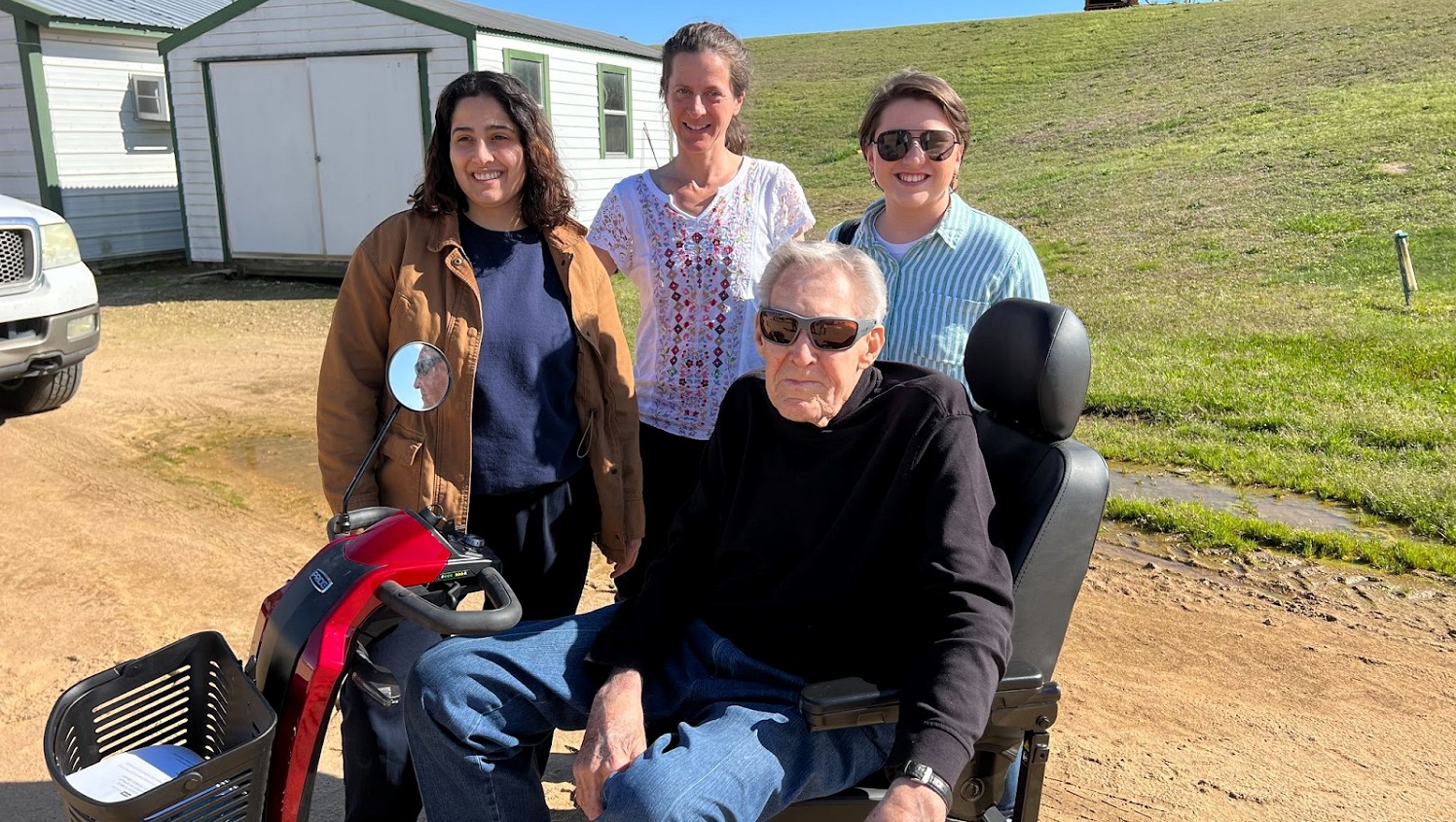Driving Through Dixie
This post is written by Matthew Champagne, a PhD student in Public History at NC State University.
The shortest distance between Raleigh, North Carolina and Charlottesville, Virginia is via US-15 North, also known as Jefferson Davis Memorial Highway. If only that was a bad joke. The irony of facts like that is lost, however, when nine people of color in Charleston, South Carolina are shot dead in a church whose letterhead bears the address 110 Calhoun Street.
In the ongoing debate over monuments and memorials pertaining to the people and the places a part of the Confederate States of America (CSA), one proposed option is to keep the monuments where they are currently but construct narratives that prevent these memorials from becoming pilgrimage sites and mausoleums where white supremacists can pay their respects. How do historians construct an inclusive and sensitive narrative for Jefferson Davis Memorial Highway? Street signs are another form of memorialization of the Confederacy but there is no clear path to interpreting them appropriately.
Historians argue Confederate monuments are symbols of Jim Crow segregation and these monuments come in all shapes and sizes. Jefferson Davis’ Memorial Highway, a transcontinental piece of infrastructure, mind you, was first announced as a project in 1913. That places this federal construction project in the middle of what historian Karen Cox says was “the heyday of monument building, between 1890 and 1920” which “was also a time of extreme racial violence” (Cox). The founding director of the Smithsonian’s National Museum of African American History and Culture, Lonnie G. Bunch III takes Cox’s interpretation one step further saying, “these monuments are symbols that tell us less about the actual Civil War and more about the uncivil rest that followed” (Bunch). From towering obelisks to highway signs, hundreds of sites of memory throughout the United States are memorials to the CSA that have a stronger connection to the Jim Crow period of de jure racial segregation than to the Civil War itself. Due to a lack of visitor acknowledgement, street signs serving as memorials to the CSA cannot be reinterpreted where they are currently. To make America’s legacy of white supremacy truly a relic of the past, these memorials must be removed and renamed.
In Charlottesville, members of the alt–right accused other demonstrators and myself of advocating to erase history. This sentiment was reiterated by President Donald Trump in his fourth amendment to his original statement on the Unite the Right Rally in Charlottesville, VA. President Trump said activist historians, such as myself, are “trying to take away our culture, they’re trying to take away our history” (Krieg). I would like to remind the President that a monument is not history, it is an interpretation of history. I do not wish to erase history or culture but to call attention to the inherent racism of previous interpretations of these monuments and construct entirely new spaces for these sites of memory pertaining to the CSA, so that the legacy of white supremacy in America is no longer given the right of way even by our street signs.
References:
Lonnie G. Bunch III, “Statement on the Tragedy in Charlottesville, VA,” Museum News, August 18, 2017, accessed September 16, 2017, https://nmaahc.si.edu/about/news/statement-tragedy-charlottesville-va.
Karen L. Cox, “Why Confederate Monuments Must Fall,” The New York Times, August 15, 2017, accessed September 16, 2017, https://www.nytimes.com/2017/08/15/opinion/confederate-monuments-white-supremacy-charlottesville.html?mcubz=3.
Gregory Krieg, “Rally Trump vs. Teleprompter Trump,” CNN, August 23, 2017, accessed September 16, 2017, http://www.cnn.com/2017/08/23/politics/comparing-donald-trump-speeches-afghanistan-phoenix/index.html.
- Categories:


